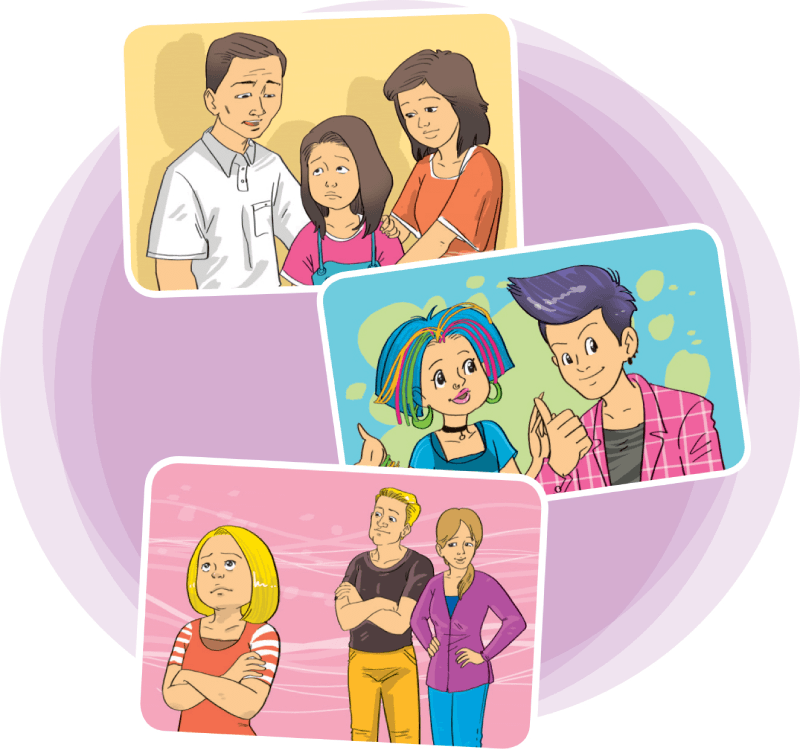Throughout history, there have always been conflicts between parents and their teenage children. Here are some of the main reasons and explanations.
No matter how old their teenage children are, most parents still treat them like small kids. As they try to help their children to discover the surrounding world, parents strongly believe they know what is best for their children. However, as children grow up, they want to be more independent, create their own opinions, and make their own decisions. They don't feel comfortable when their parents still keep treating them like little kids.
One common area of conflict is the clothes children want to wear. Parents may think that these clothes break rules and norms of society, or distract them from schoolwork. What is more, some teens want expensive brand name clothes, which can lead to a financial burden on their parents because many cannot afford the high prices.
Another source of conflict is the way children spend their free time. Parents may think that their children should spend their time in a more useful way rather than playing computer games or chatting online. But children do not always see things the way their parents do.
Conflicts also arise from different interests between parents and their children. Some parents may try to impose their choices of university or career on their children regardless of their children's preferences. Actually, the list of conflicts seems to be endless. Open communication can really help to create mutual trust and understanding between parents and their teenage children.
